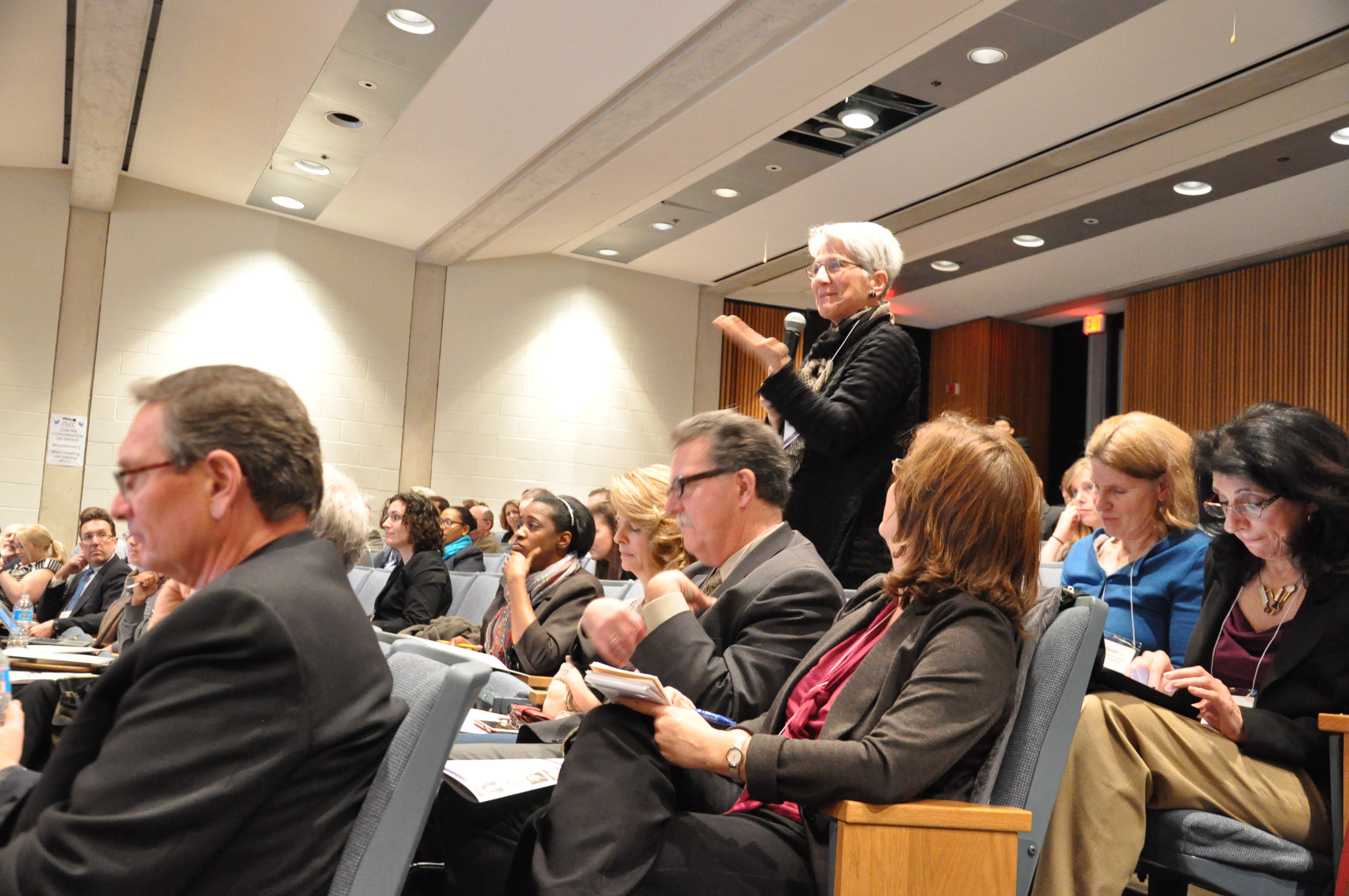Transit Development Grant to Bolster Development and Accessibility Planning for Purple Line Corridor
A two million-dollar grant from the Federal Transit Administration will jumpstart a plan to coordinate transit-oriented development, infrastructure, and accessibility along Maryland’s Purple Line Light Rail. Awarded to the Maryland Department of Transportation Maryland Transit Administration (MDOT MTA) as part of the FTA’s Pilot Program for Transit-Oriented Development Planning, the grant will fund the “Purple Line Corridor Mobility, Economic Development and TOD Finance and Implementation Plan,” a multi-agency work plan to support the communication and planning of development goals identified by the Purple Line Corridor Coalition (PLCC) to support vibrant economic growth along the region’s first light rail project. It is the largest of 20 grants awarded this year by the FTA nationwide.
The project plan is a collaboration between MDOT MTA, the Maryland-National Capital Park and Planning Commission, Montgomery and Prince George’s County Governments and the National Center for Smart Growth at the University of Maryland (NCSG), which leads the Purple Line Corridor Coalition (PLCC). The PLCC, which comprises nearly 40 public and private stakeholders, including CASA de Maryland and Enterprise Community Partners, will serve as lead on the project.
“The Purple Line is the largest regional transit investment of this century,” said Gerrit Knaap, Director of the University of Maryland National Center for Smart Growth. “To be successful, it requires a highly coordinated effort by local and state agencies, private and public development, and community stakeholders. A well-orchestrated, collaborative plan with everyone at the table is essential, and has been proven to be the linchpin for other transit projects across the country.”
The Purple Line Corridor Coalition has engaged MDOT MTA and both counties since the announcement of the Purple Line in 2014 to ensure that the massive public-private transit investment leads to equitable, sustainable, and vibrant development along the corridor. The new plan will build on specific goals laid out by the PLCC over the past four years to create pathways for investment and opportunity along the corridor. These goals include creating multi-modal connectivity and pedestrian and bicycle access; stimulating corridor-wide economic development that retains, supports, and grows local businesses; enabling innovative strategies for economic development; preserving housing choice; coordinating TOD implementation; and facilitating improved ridership along the 16-mile route.
The grant proposal received full endorsement by the Maryland Congressional Delegation and Governor Larry Hogan.
“I am pleased the Purple Line Corridor Coalition has received this $2 million to enhance transit-oriented development here in Prince George’s and in our neighboring jurisdiction, Montgomery County,” said Prince George’s County Executive Angela Alsobrooks. “There is so much opportunity for development around our transit centers and this funding will assist us in ensuring that citizens, who both live in and travel through our community, can enjoy quality establishments and amenities that meet their needs, while also ensuring that we maintain affordable housing options.”
“This grant will support the critical work that is needed to ensure that all communities, businesses, and residents along the Purple Line benefit positively from this massive infrastructure investment,” noted Montgomery County Executive Marc Elrich.
A landmark agreement coordinated by the PLCC to create pathways to opportunity for those who live, work, and invest along the light rail line was signed last November by numerous local and state leaders and community stakeholders. A comprehensive dashboard, also developed last year by NCSG researchers, monitors change along the corridor toward community and economic development goals outlined in the agreement.
“This major grant will help the Purple Line live up to its full promise for the communities it will serve,” said University of Maryland President Wallace D. Loh. “The collaborative work of the state, counties, communities, and the university can serve as an example of how to make the most of a transformative investment.”
The FTA’s Pilot Program for TOD was designed to assist project sponsors and local communities in integrating land use and transportation planning efforts that support ridership, connectivity for bikers and pedestrians, economic development and mix-use, transit-oriented development. Learn more about the program here.



